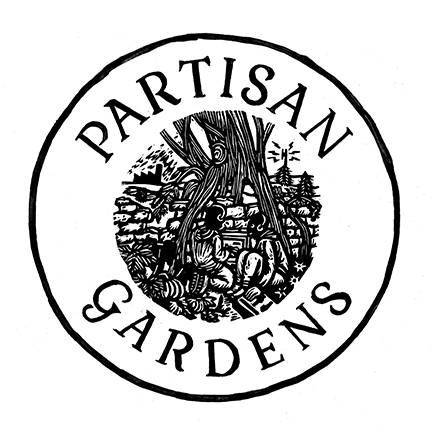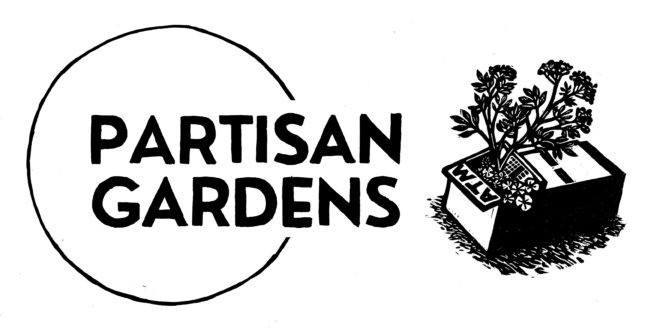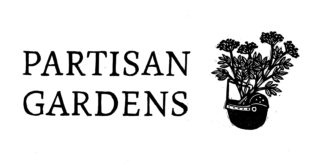Podcast: Play in new window | Download (Duration: 59:51 — 72.4MB)
Subscribe: RSS
For this episode, we interviewed urban farmers across Chicago, along with a mutual aid organization that stocks its sidewalk fridges with fresh produce from some of these same farms. Their work is not only meeting urgent needs, but is helping to sketch out a horizon for another kind of life, grown inside the shell of the metropolis.
The history of urban farming Chicago is the history of disinvestment and resistance to disinvestment. At the turn of the last century, much of the land on the South Side was still farm land. Over the next forty years, dense housing for European immigrant workers employed in the steel industry spread across the land, while a half million Black people migrated to Chicago fleeing racist terror in the south. White Chicago homeowners responded to the Great Migration by installing neighborhood racial covenants, and banks denied Black people mortgages and loans in certain neighborhoods in a racist practice called redlining. Once these practices were challenged by neighborhood groups and held up in court, white flight began to drain the South and West sides of infrastructure and capital. Over the next half century the city of Chicago concentrated development and investment on the Loop and the affluent north side, while neglecting the south and west sides.
Years of disinvestment, mass incarceration, deindustrialization, and the foreclosure crisis led to the demolitions of thousands of homes and buildings. Much of this land was seized by the city, and today, Chicago owns approximately 10,000 vacant lots, heavily concentrated on the south and west sides. Many of these lots have sat vacant for 20 years or more, until a movement of Black and Brown farmers began to remediate and heal the land.
The practice of urban farming challenges the priorities of the city’s political class, who keep awarding the Chicago Police Department more and more funding while so many residents suffer from food apartheid. Grassroots and autonomous food production not only reclaims the land, but facilitates community survival, organization, and future struggles.
First, we speak with Alberto from the Reclaiming Our Roots garden in Gage Park. The garden sits on a parcel of formerly vacant land located two blocks away from the Amazon DIL3 delivery warehouse. Parcels are how the government makes land legible for taxes and commodification. Gardening without permission is illegible to the city, and supports a set of values inherently at odds with the world of Amazon and Chicago’s city government structure.
Next we interview the Love Fridge, a mutual aid project that supports locally stocked and accessed refrigerators on Chicago sidewalks and in people’s front yards. Several urban farms regularly stock the Love Fridges with their fresh organic produce, and we talk to Velma about why that’s so important.
Next we talk with two farmers from Otis Farm in Chicago’s Back of the Yards neighborhood. We’ll share more of their interview in a later episode, but they talk to us about the challenges of accessing water to sustain the project of growing fresh healthy food in the city.
And finally, we interviewed Catatumbo Co-op, an emerging immigrant, queer, gender non-conforming, workers’ cooperative farm located in South Chicago, the city’s most industrial neighborhood. We appreciate them being willing to talk to us while running farm errands and prepping their CSA!
This episode was produced in collaboration with Jennifer Bamberg (@gremlina333), with additional reporting contributions from Susan Carlotta Ellis. Special thanks to them both for their interviews and research.



